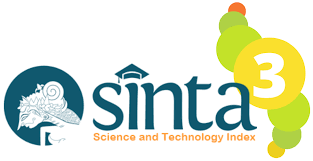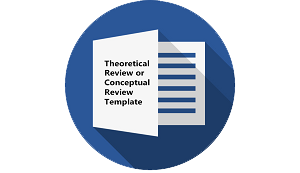MENGUNGKAP SIFAT-SIFAT TERPUJI MANUSIA DALAM CERITA RAKYAT SASAK: SUATU KAJIAN TEMATIS
DOI:
https://doi.org/10.30957/lingua.v11i1.207Keywords:
folklore, Sasaknes, descriptive-interpretive.Abstract
This study describes ideal characters reflected in Sasaknese Folklore (Cerita Rakyat Sasak). The design of this study is qualitative implementing descriptive-interpretive techniques. Sources of the data of this study were sequences of the Folklore representing ideal characters of human beings.  Specifically, this study used hermeneutic approach, an approach from which indepth analysis of a text is applied. Data analysis referred to perspective-constructive that focused on intensity, determined categories, and target of the expected result. The study revealed that Sasakne Folklore is one of the oral folklore reflecting high human values. The good characters included religious, work hard, patient, high responsibility, mutual-consultative, and loyal.Â
Downloads
Download data is not yet available.
Downloads
Published
2014-03-04
How to Cite
Fakihuddin, L. (2014). MENGUNGKAP SIFAT-SIFAT TERPUJI MANUSIA DALAM CERITA RAKYAT SASAK: SUATU KAJIAN TEMATIS. LINGUA: Jurnal Bahasa, Sastra, Dan Pengajarannya, 11(1), 47–58. https://doi.org/10.30957/lingua.v11i1.207
Issue
Section
Articles
License
Authors who publish with this journal agree to the following terms:
- Authors retain copyright and grant the journal right of first publication with the work simultaneously licensed under a Creative Commons Attribution-ShareAlike 4.0 International License that allows others to share the work with an acknowledgement of the work's authorship and initial publication in this journal.
- Authors are able to enter into separate, additional contractual arrangements for the non-exclusive distribution of the journal's published version of the work (e.g., post it to an institutional repository or publish it in a book), with an acknowledgement of its initial publication in this journal.
- Authors are permitted and encouraged to post their work online (e.g., in institutional repositories or on their website) prior to and during the submission process, as it can lead to productive exchanges, as well as earlier and greater citation of published work (See The Effect of Open Access).















